Raubonys water mill, wool carding and spinning mill
The Raubonys water mill-wool carding mill-spinning mill is a unique engineering object in Pasvalys district. In 2015, after a break of 18 years, the machinery of the Raubonys Water Mill and Woolen Mill-Spinning Mill started working again. The site is now adapted for tourism purposes.
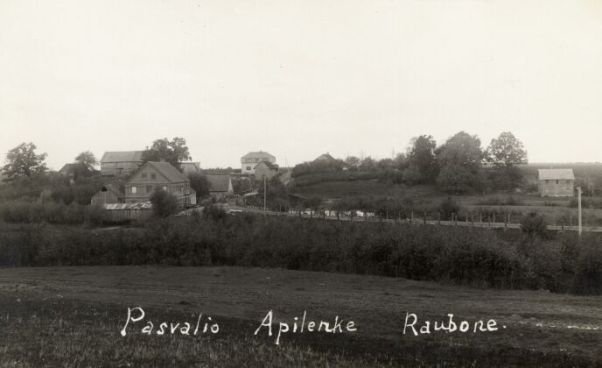
The village of Raubonys is 10 kilometres north of Pasvalys. The village is situated in a beautiful location at the intersection of two roads. The old Raubonys is next to the road to Biržai, while the new Raubonys is on the other side of the Tatulos. The Via Baltica international road passes through the village. It is the main route for vehicles to Latvia, Estonia and other northern European countries. This new road was built through the Raubonys Gorge, around 1958-1960. Previously, the road to Riga passed through the village. Raubonys was therefore once a well-known village, not only because of the road, but also because of the mill and the woollen carding and spinning mill.
The old village of Raubonii is mentioned in historical sources as early as 1588 (in the books of the Upytė Land Court).
Documents found show that 1775 m. in Raubonys, the grain was milled by 2 wooden wheels turned by the flow of the watery Tatula river, which turned 2 mills. At that time, the Raubonys water mill was the only one in the parish of Krinčino.
1907 m. A red-brick mill and a wool carding and spinning mill, with technological equipment bought in England and Sweden, are put into operation in Raubonys. The mills ceased to turn in 1985 and the spinning mill closed on 13 June 1997.
Today, this important architectural and rare engineering object from the past, with its well-preserved technological equipment, is of unique value. It has therefore become a state-protected historical, technical and architectural monument.
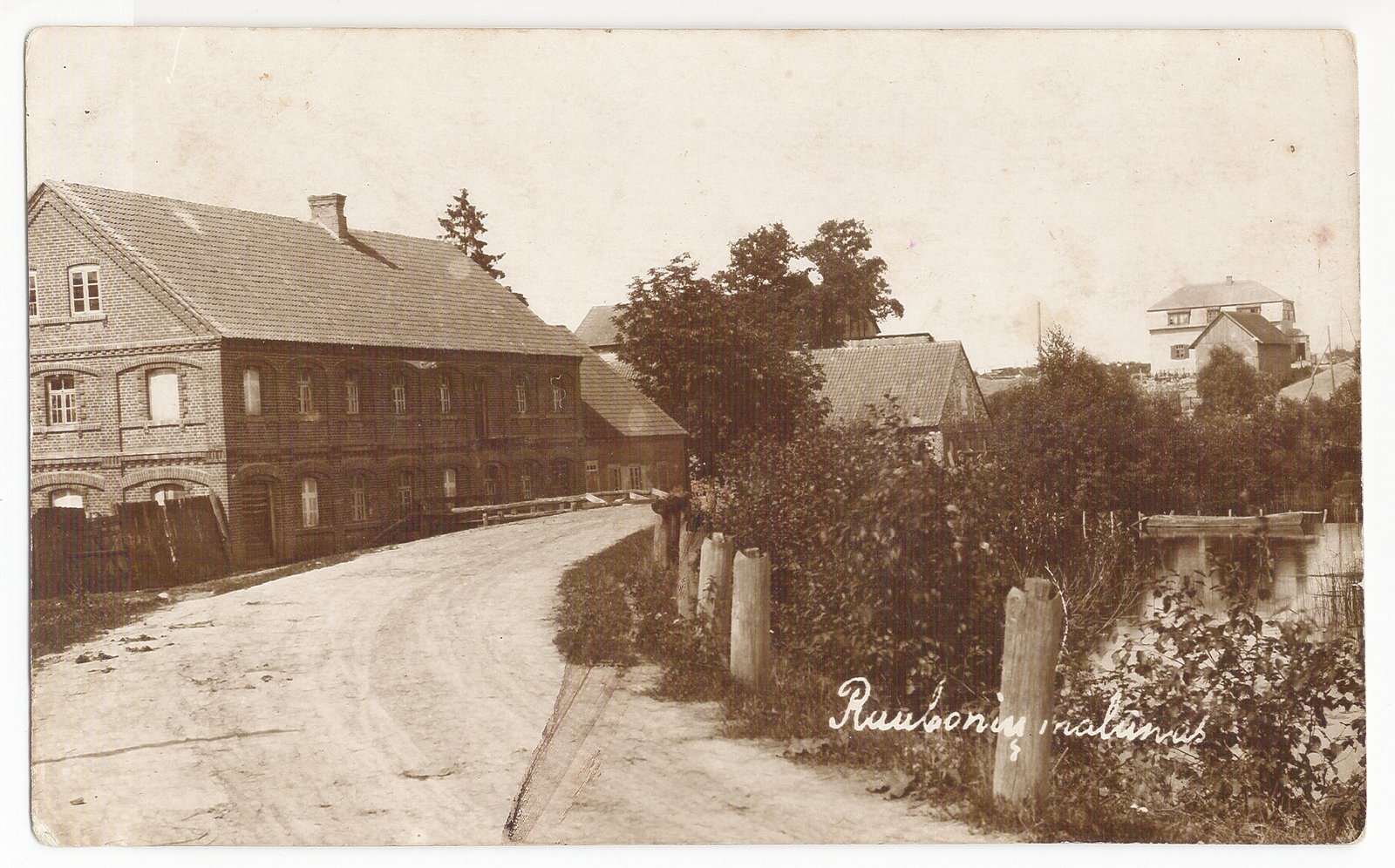
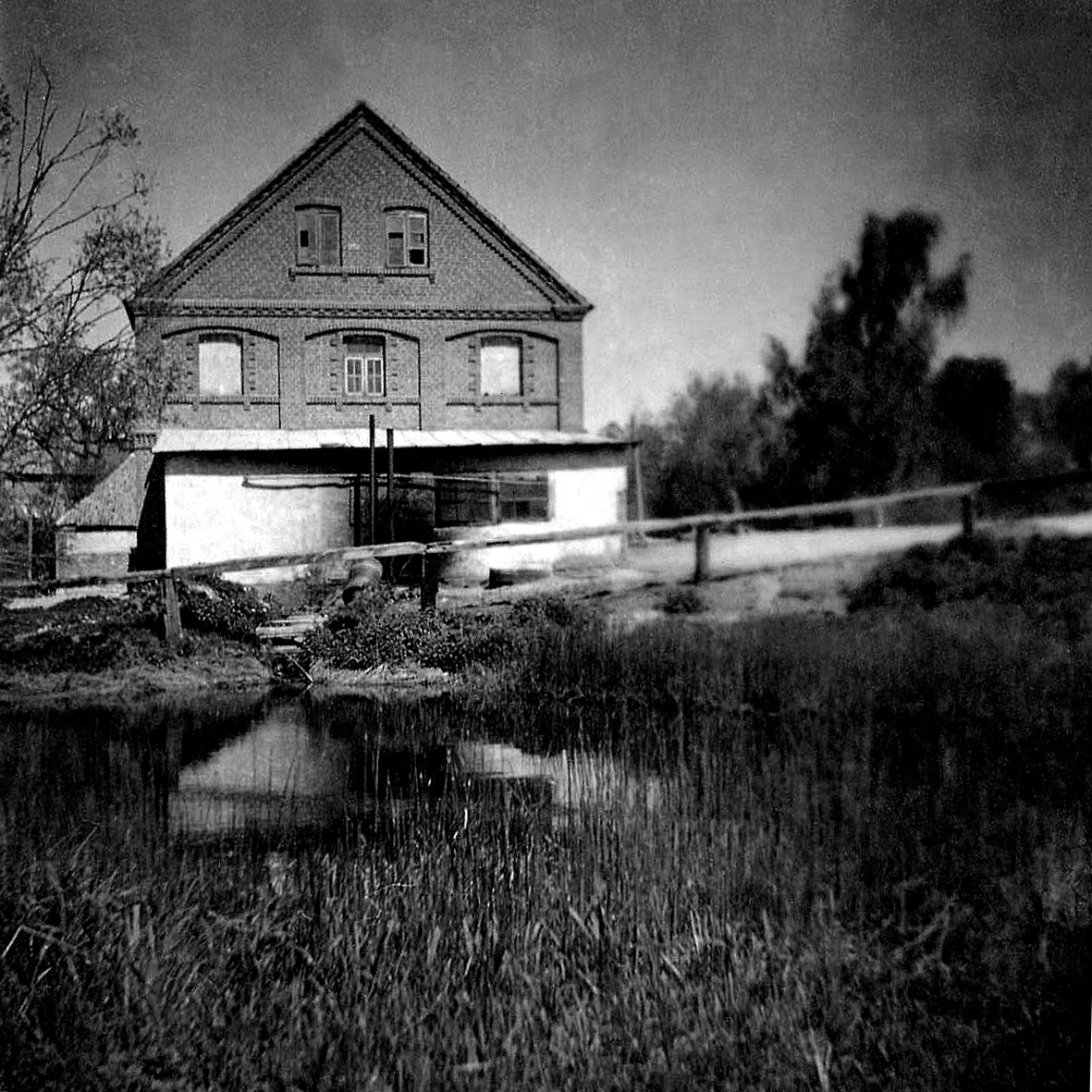
The Raubonys water mill was the only one in the parish of Krinčino. In 1860, the landowner Lui von Ropp (1824-1897) bought the village of Raubonii, bought the old Raubonii mill and built the still standing red mill. In 1907, the red brick mill and the woollen carding and spinning mill, with technological equipment bought in England and Sweden, started operating. In 1921, Jonas Ribbė, a Latvian citizen, was named the owner of the mill. Around 1936-1938, the Raubonys water mill was sold to a Jew, Chackel Ziv. In 1940, the Raubonys mill was nationalised. In 1941-1944, Henrik Brandenburgis, a Lithuanian German, became the sole owner of the mill. The mill continued to operate during the Soviet years. The woollen mills stopped turning in 1987 and the carding mill closed in 1997. In 1995 it was re-registered as UAB 'Raubonių verpykla', which belonged to the Pasvalys municipality. During the mill's operation, a complex was formed consisting of a pond, a water channel and a building housing the mill, a carding plant and a spinning mill. The turbines of the mill were driven by water coming from the canal of the pond. Between the building and the pond there was a courtyard, where a balcony with a canopy for lifting sacks up to the second floor still remains. The mill was built on two floors, in red brickwork, unplastered. There are single-storey brick extensions at either end. The brickwork is of a very high quality, the masonry is solid and beautiful. The foundations are of stone and brick. Today, this important architectural and rare engineering object from the past, with its well-preserved technological equipment, is of unique value.
In 2014, the Rauboniai community, realising its importance, signed a lease agreement and actively sought help to preserve it.
On 12 September 2015, after a break of 18 years, the machines of the Raubonys water mill - wool carding plant started to hum again. Not for commercial purposes, but for educational purposes. The revival of this unique object of cultural heritage, which is protected by the State, is thanks to the efforts and enthusiasm of the Raubonys community and the project consultant Vaidotas Gikis.
The main objective of the project "Establishment of a Traditional Crafts Centre" is to establish a traditional crafts centre in the Raubonys water mill, reviving and fostering traditional wool crafts.
In a record time of three months, the premises were renovated, the electrical wiring was repaired, a security alarm system with video surveillance was installed, lightning rods were installed, the technological equipment of the woolen carding and spinning mill was partially repaired, indoor furniture and outdoor bio-toilets were purchased, and woolen processing practical trainings were organised. The total cost of the project was around EUR 60 000.
The ground floor of the red-brick building houses cosy craft workshops. There is a table where you can learn to spin wool. "The first attempts were successful. Twenty people gathered, all women by the way. They learnt how to make slippers and handkerchiefs," said Gražina Paškevičienė, the chairwoman of the Rauboniai community. The educational programme "The Way of Wool" is based on the stories of the people who worked in the woolen carding mill. Particularly valuable information was provided by Irena Kvedaraitė-Poškuvienė, one of the last workers at the mill.
V. Gikys admitted that the beginning of the revival of the woollen carding mill was difficult. The building is listed in the Register of Immovable Cultural Property, so even the smallest works had to be coordinated with heritage specialists. "Nothing could be done without a technical construction project, which cost as much as the Leader funding we had for the craft centre. So when you visit the woolen carding mill, you won't see sparkling colours or impressive shutters, because only simple repairs have been carried out," explained Gikys.
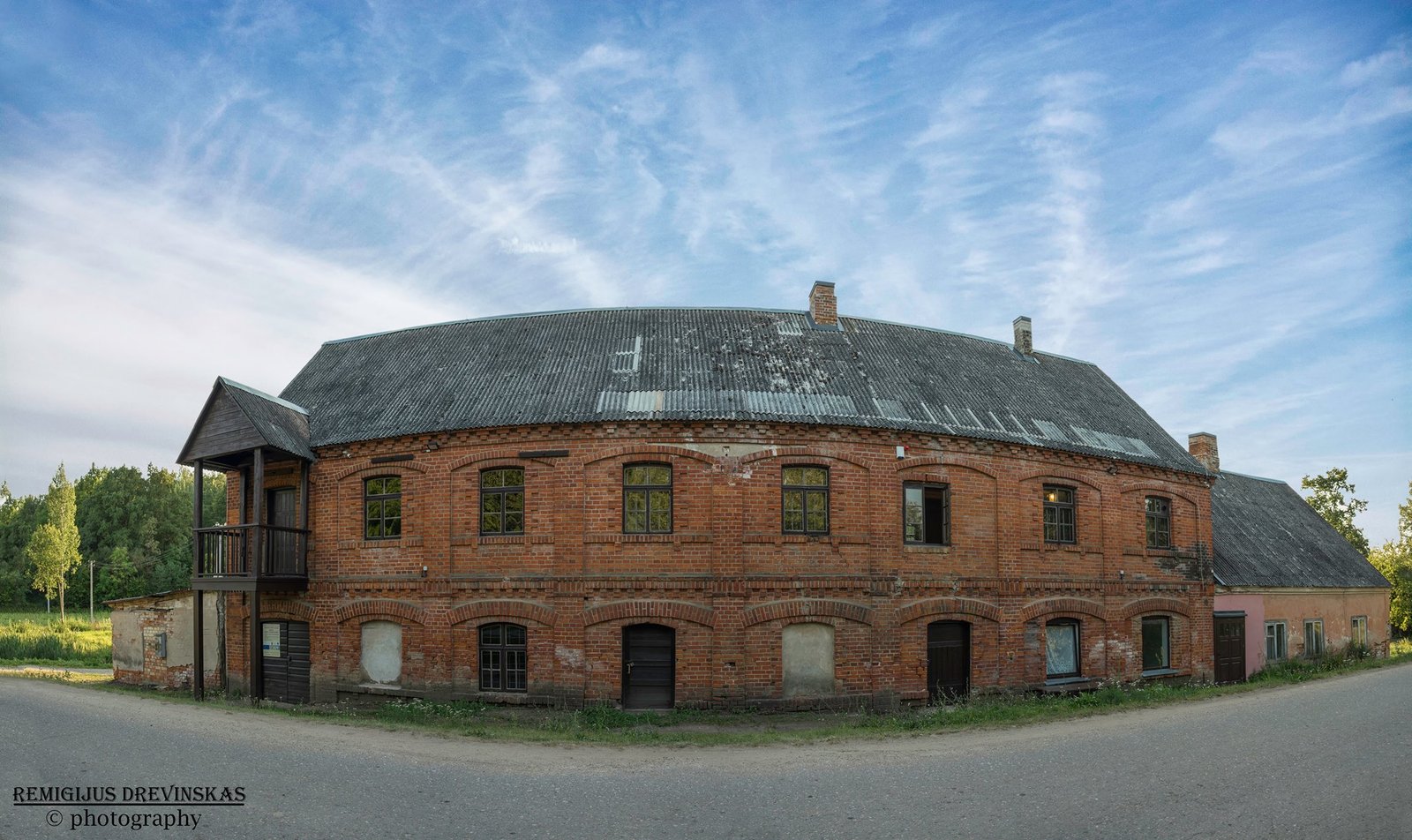
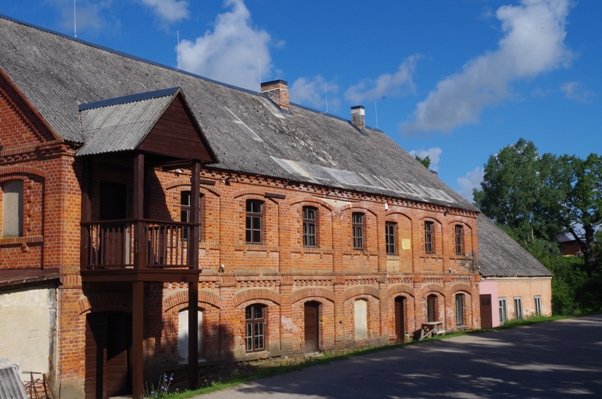
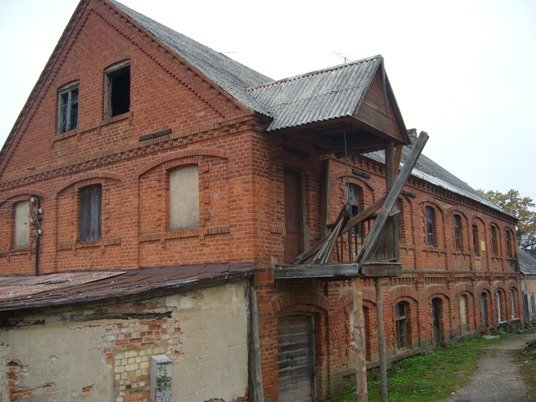
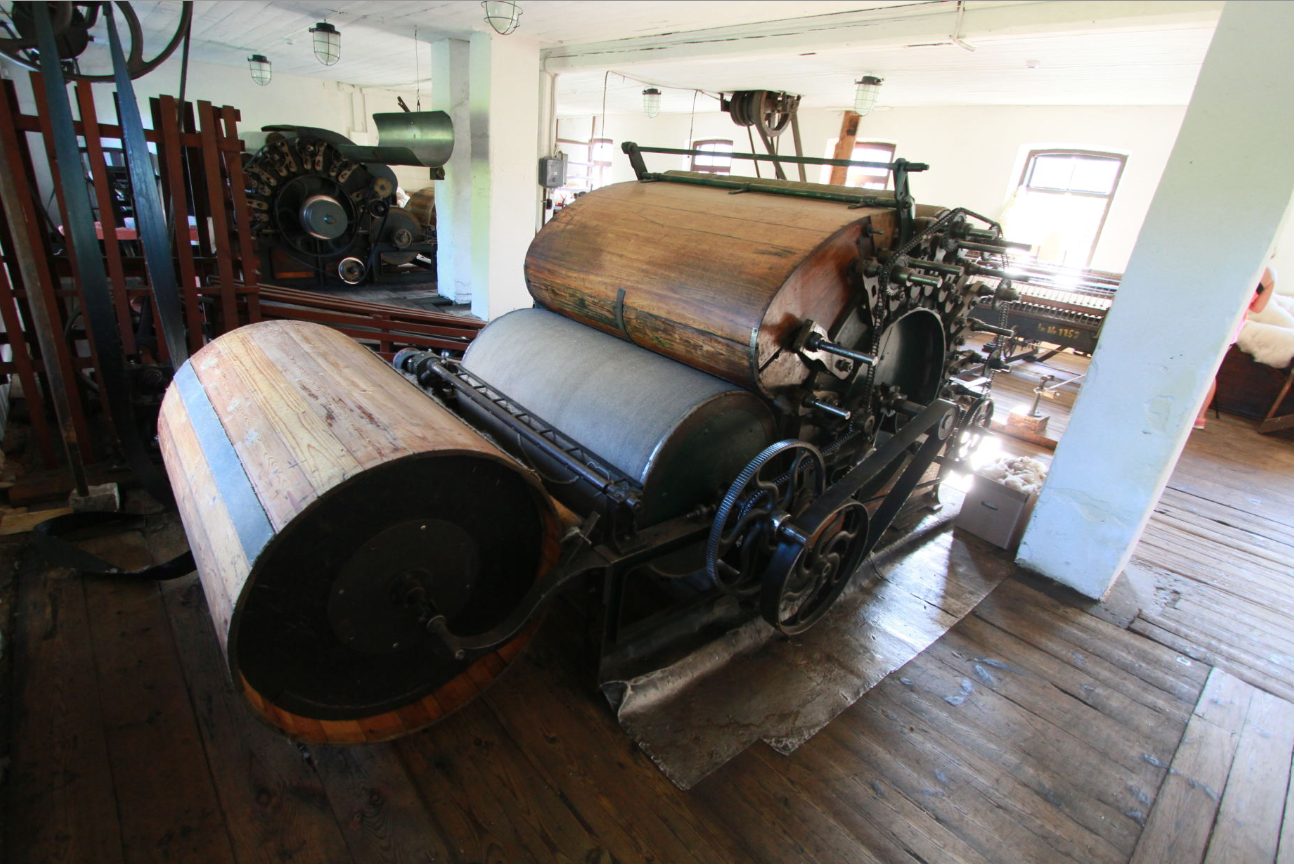
At the end of 2018, restoration and reconstruction of the old Raubonys water mill and its adaptation to tourism began. The project will ensure the diversity of tourism products in Lithuania and the emergence and development of new products. The opening of a museum in the mill building, expositions, and introducing visitors to the processes of wool carding and spinning, bread making and beer brewing will develop Lithuania's cultural heritage and contribute to its preservation and transmission to future generations.
In August 2023, the Raubonys Water Mill and Hot Springs was completed. As already mentioned, this technical heritage building, which is unrivalled in Lithuania, was brought back to life in 2015 on the initiative of the Raubonys community and its enthusiast Vaidotas Gikis. The community manages the building, which belongs to the Pasvalys District Municipality, on a lease basis.
The restoration work took almost four years and was divided into two phases. The restoration of the mill was funded by the European Union, the state heritage programme and the Pasvalys municipal budget. The works carried out included repairs to the foundations, interior and exterior walls, slabs, the culvert and its retaining walls, bridges, roof structures and coverings, chimneys, rainwater drainage system, interior and exterior staircases, windows, doors, decking, façade masonry, façade polychrome decoration, historic mill technological equipment and other works foreseen in the restoration project. The water supply and sewage system was also installed, the mill's surroundings were landscaped, the car park was paved with outdoor stones and the canal was cleaned.
The major works are over, but the mill site will continue to move. A future culvert under Taikos Street will ensure that water will keep moving under the building and prevent the canal from silting up again. A large car and bus parking area and a pedestrian walkway to the mill will be built some distance away. This will take advantage of the opportunities offered by the Pasvalys District Local Action Group.
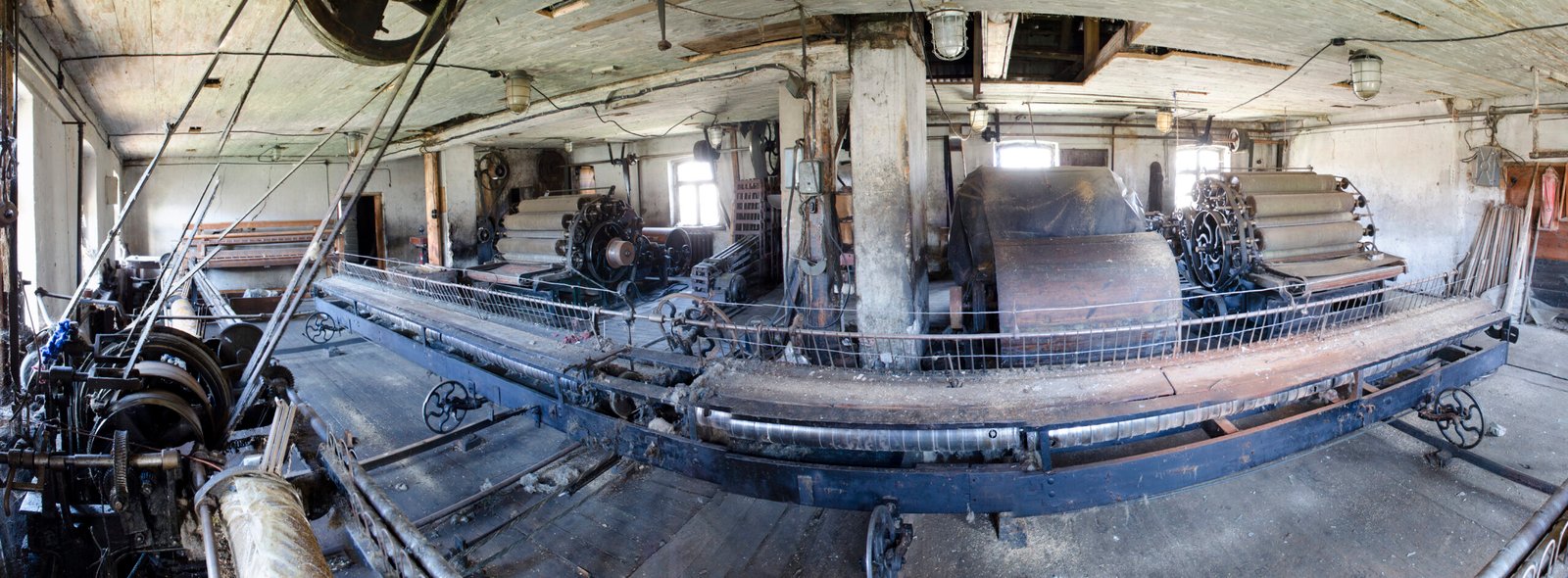
„ Tai didžiulė atsakomybė bet tuo pačiu ir mano gyvenimo pareiga “
Vaidotas Gikys
VšĮ „Prie Raubonių malūno“ vadovas, Raubonių malūno atgaivintojas
